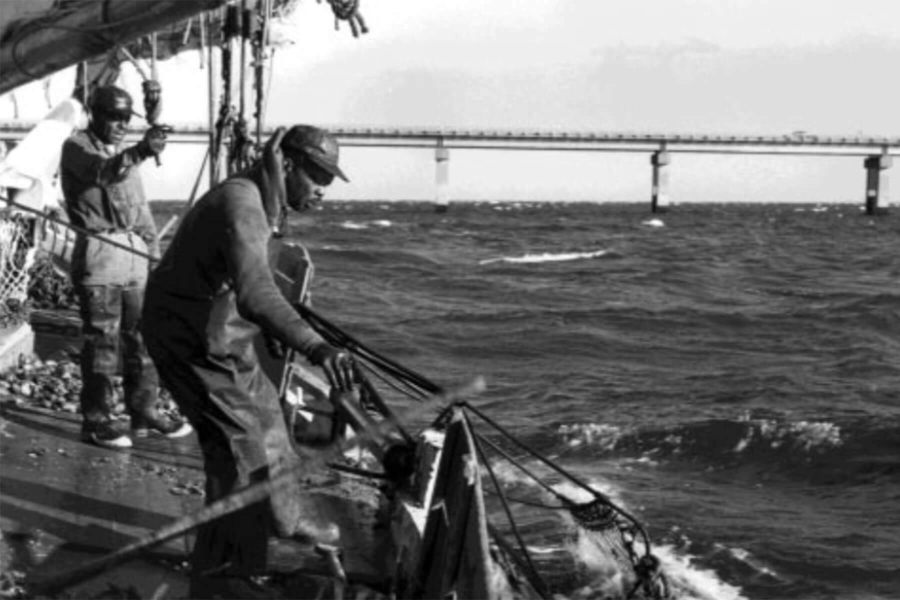African Americans in the Chesapeake
Discover how African-American history shaped the culture and economy of the Chesapeake Bay, from the 1600s to today.

The Chesapeake Bay region is a significant setting in African-American history. The region was a gateway for the first Black people brought from Africa to the colonies. Throughout the mid-1800s, the Bay and its rivers were important pathways along the Underground Railroad. After the war, newly emancipated Black people found their way to the Chesapeake's shores, where they helped build the region's economy and shape its culture.
